Challenge Tutorial
Welcome to this tutorial challenge where I teach you a basic art concept then challenge you to create your own unique artwork using the information from the tutorial.
In this lesson you will learn about three basic art concepts – line, shape and form.
Note – For a practical demonstration, please watch the video below:
Line
Line, shape and form are three progressive concepts.
It all starts with a line which is simply that – a line.
A line has length, a start as well as an end point.
As it only has length we call it a one dimensional object.
Traditionally you would think of a line as being straight, but it can change direction as well.
We can create artworks using only lines:

Shape
Progressing from that, if we make the start and end point of the line meet, we end up with a shape.

There are many many shapes. I am sure you can name at least 10 off the top of your head. Classic ones are the circle, square, triangle and rectangle.
More fancy ones would be shapes like a parallelogram, heart, plus shape and a diamond shape.
These are all called regular shapes and tend to be symmetrical or at least appear symmetrical.
You can however also make random shapes like these:

These are called organic shapes.
As with lines, you can create artworks entirely out of shapes.
A popular art form using this technique is the creation of mandalas
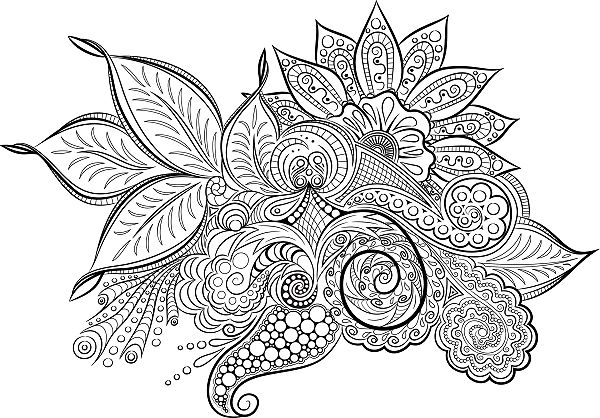
and dot art

Shapes are thought of as two-dimensional as they have height as well as length.
Form
In order to take our artwork to the next level we need to add the third dimension – depth to the artwork.
When you do this your artwork is said to have form.
The true way to do it is like this:

or like this:

Unfortunately when it comes to painting, we are working on a flat surface so adding a true third dimension isn’t possible so we will have to simulate our third dimension.
We are going to do this by adding colour, contrast, textures and shading onto the canvas.
So our two dimensional artwork will go from this:

to this using shading:

and from this:
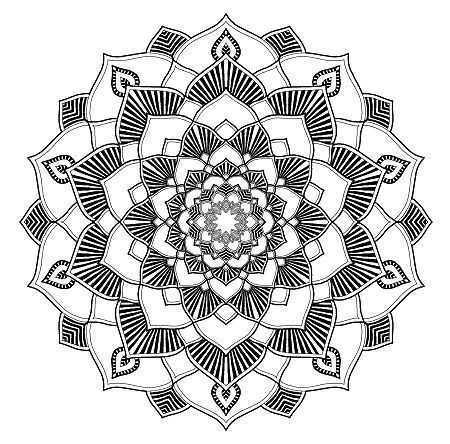
to this using texture:

and from this:
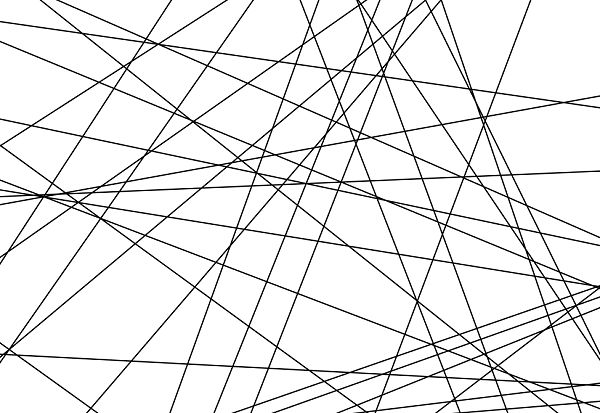
to this using colour and shading:

Adding Variety to Your Lines, Shapes & Forms
Now let’s take a look at a few ways we can add variety to our lines, shapes and forms in order to create interesting abstracts.
The simplest method is to vary the thickness of your lines to create artworks like these:

We can also play around with line directions to form repeating patterns like this:

Here is a classic example of how Piet Mondrian used line and colour to create his famous modern abstracts:
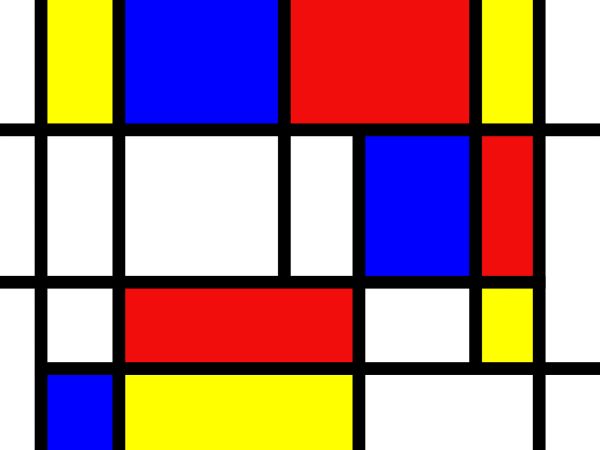
You can take this even further by adding texture to the mix as you can see here:
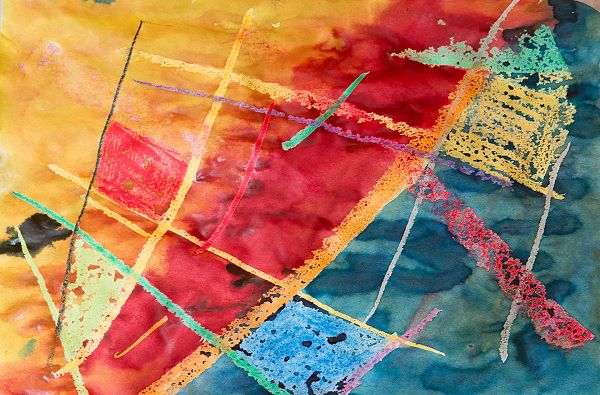
To get ideas on how to add texture to your paintings you can follow our tutorial on 20 Ways to Add Texture To Your Paintings
Abstract Painting Methods
The big question I always get when discussing abstract painting is:
How do I come up with ideas for my abstracts? I don’t have the imagination to visualise the painting.
My answer to this is simple:
You DO have the imagination, you have simply not developed that skill yet.
I want to show you just one of the ways for you to visualise your abstracts so that you can see that imagination is a skill that can be learnt.
This method is not only surprisingly simple, but has been used by some of the best abstract artists of all time.
What you do is take what is around you and reduce it to abstract lines, shapes and forms.
Take a look at these trees:

They seem incredibly complex and certainly not the inspiration for an abstract painting.
Now let’s have a look at an abstract painting that Piet Mondrian did of a similar tree:

Can you see how he looked at and painted the shapes formed by the gaps between the branches instead of painting the actual branches.
This left him with a beautiful abstract that is alive with movement.

Here is one of my local scenes of a dormant volcano, Rangitoto Island.
In order to turn this scene into an abstract I have broken the scene into shapes of colour like this:

The random shapes in the sky and water represent the setting sun and the rolling waves.
The directions of the lines in between the shapes draw your eye towards the focal point – the island in the distance.
This artwork could be taken further by adding texture into each block of colour.
In the next example I have taken this photo of citrus fruit slices:
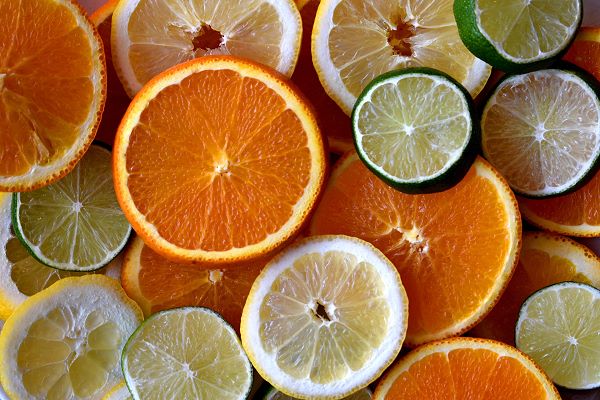
and used it as inspiration to create this abstract:

If you look at the painting and compare it to the reference photo you will see that the large rings roughly correspond to the position of fruit slices in the reference photo.
I have then used the colour of the fruit throughout the painting.
Texture and lines were added to the large rings in order to add lines and form to the artwork.
The repeating rings are the shapes and there are also more lines in the black background areas.
As you can see I have used lines, shapes and form along with the shapes in my reference photo in order to create an abstract that is inspired by the photo, but looks nothing like it.
To see how I painted this artwork, watch the video at the top of the page.
Your Challenge
Your challenge is to create a unique abstract painting using the same citrus fruit reference photo as I have used.
Your abstract painting should however not look like my abstract.
Use your new knowledge of line, shape and form along with your imagination to create a new abstract.
Are you up for the challenge?
I know you are!
You have until the 30th of April 2020 to post your challenge on the forum. You can click the button below to go to the correct place on the forum.
Everybody will then vote during the first week of May to decide who created the best Shape Abstract.
The winner will receive bragging rights 🙂
Why not challenge your friends to see who can beat you?
Good luck, I look forward to seeing your artwork.
Tip
If you are not a member yet, you can join for free by signing up to our mailing list below.
You will then get a coupon code to unlock any class on the site for free as well as get lifetime access to the forum and the challenges.







